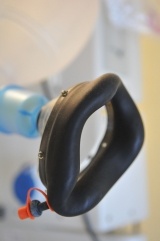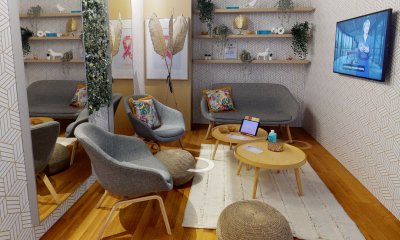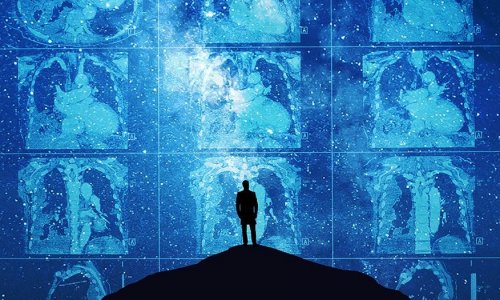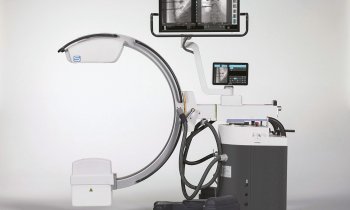Non-invasive and radiation-free lung imaging system
GE Healthcare in partnership with Deep Breeze Ltd, the leader in vibration response imaging (VRI™) technology, announced that FDA granted marketing clearance for the VRIxv™, a non-invasive, radiation-free lung imaging system.

Responding to the market need for bedside monitoring of lung sounds, GE Healthcare and Deep Breeze Ltd. Have designed the VRIxv™ to display comprehensive information during the respiratory process on ventilated patients. The VRIxv™ records lung sounds by utilizing acoustic sensors brought in contact with the patients’ back while lying in bed. Sophisticated software converts signals into dynamic images of the lungs with regional distribution maps, numerical representation and breathing graphs. Each recording samples 20 seconds of lung sounds, typically covering several breath cycles. Moreover, monitoring capabilities are enhanced by synchronization of the VRIxv™ image and vibration energy graph, with the pressure and flow waveforms sampled from the ventilator. This synchronization helps to rapidly and objectively assess the recorded image.
“GE Healthcare is helping to facilitate the next era in patient care by providing to the clinical community not only a wide range of ventilation solutions, but also advanced respiratory monitoring tools – such as the VRIxv™, which provides a clinician with a window into what is happening inside the lungs in real time,” said Pam Hall, General Manager for the Critical Care segment of the Respiratory and Sleep Business at GE Healthcare. “Our goal is to help clinicians efficiently monitor their patients’ respiratory conditions and help clinicians tailor therapy to improve the outlook for every respiratory patient."
"The availability of the VRIxv™ device in the U.S. will allow the critical care community to effectively record and monitor the overall and regional distribution of lung sounds during the respiratory process,” said Dr. R. Phillip Dellinger, professor of medicine at Robert Wood Johnson Medical School and Director of the Critical Care Division at Cooper University Hospital. "The VRIxv™ provides the physician with measurements that reveal changes in lung sounds, including changes due to therapeutic treatment, changes due to ventilator settings or changes due to the clinical conditions in mechanically ventilated patients."
“The FDA clearance of VRIxv™ advances our efforts to create a new clinical paradigm in which our VRI™
technology will be the standard application in a broad line of clinical applications, such as monitoring the impact of ventilator settings or managing risk associated with mechanically ventilated patients.” said David Barton, President, Deep Breeze USA.
19.12.2008










